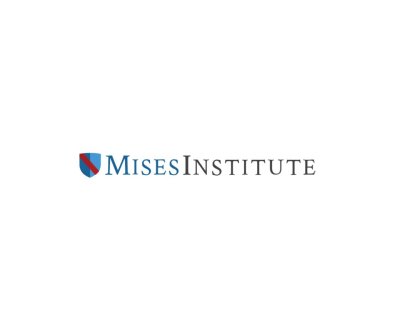The Road to War in Ukraine — The History of NATO and US Military Exercises With Ukraine
This is the first of a three-part series on the history of NATO and US European Command military exercises with Ukraine. This shows how the West, acting like a camel, slipped its big nose under the Ukrainian tent as part of a long-term strategy to defeat Russia. While many of these exercises were touted as peacekeeping in nature, the real purpose was to train and equip Ukraine with the ultimate goal of fighting and defeating Russia. In July 1998, for example, NATO’s Sea Breeze maritime exercise included anti-submarine warfare. WTF??? That ain’t peacekeeping. That is preparation to fight Russia in the Black Sea.
The process of making Ukraine a de facto member of NATO started in 1992, one year after the collapse of the Soviet Union. 1994 marked the first year that Ukrainian forces participated in NATO exercises, although these were held in Poland and the Netherlands. The following year, 1995, witnessed the creation of Ukraine’s Yavoriv military base as the NATO training center, although this was not formalized until 1999.
1999 was no coincidence… it was the year that NATO expanded to the East by accepting the Czech Republic, Hungary, and Poland as new members on March 12, 1999. This provoked alarm in Russia because it obliterated the promise of former US Secretary of State James Baker, that NATO would not move one inch to the East. President Bill Clinton broke that promise.
Part 2 will cover the period, 2000 – 2010. Part 3 will cover 2011 – 2021. The plan to use Ukraine as a proxy to weaken Russia was born in the 1990s and matured into war in 2022. I hope you find this informative.
I did a podcast today with Garland Nixon. That is posted at the end of this article.
1992
NATO-Ukraine Relations in 1992 — In 1992, Ukraine formally established relations with NATO by joining the North Atlantic Cooperation Council (NACC) in March 1992. The North Atlantic Cooperation Council (NACC) was established by NATO in December 1991 as a forum for dialogue and cooperation between NATO member states and the countries of Central and Eastern Europe, including the former Soviet Union and Warsaw Pact states, in the immediate aftermath of the Cold War.
The NACC ostensibly was created to foster political consultation and build confidence between former adversaries, reflecting NATO’s “hand of friendship” to the newly independent and transitioning states of Central and Eastern Europe, which also included Russia. The NACC’s activities paved the way for deeper cooperation, notably leading to the launch of the Partnership for Peace (PfP) program in 1994, which allowed for more practical and individualized cooperation between NATO and partner countries.
In 1997, the NACC was succeeded by the Euro-Atlantic Partnership Council (EAPC), which expanded the partnership framework to include more countries and provided a more sophisticated forum for dialogue and c
Article from LewRockwell

LewRockwell.com is a libertarian website that publishes articles, essays, and blog posts advocating for minimal government, free markets, and individual liberty. The site was founded by Lew Rockwell, an American libertarian political commentator, activist, and former congressional staffer. The website often features content that is critical of mainstream politics, state intervention, and foreign policy, among other topics. It is a platform frequently used to disseminate Austrian economics, a school of economic thought that is popular among some libertarians.




